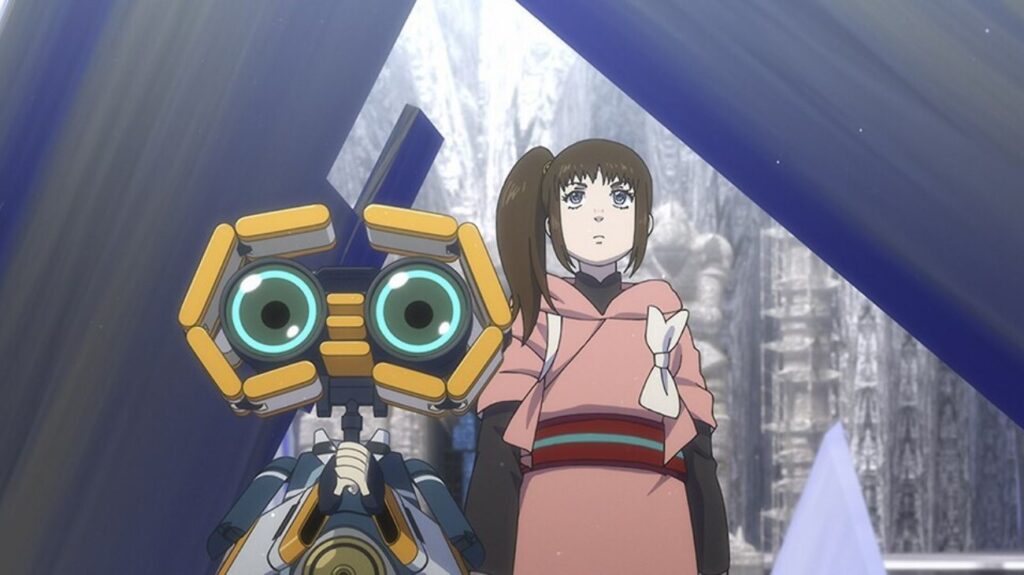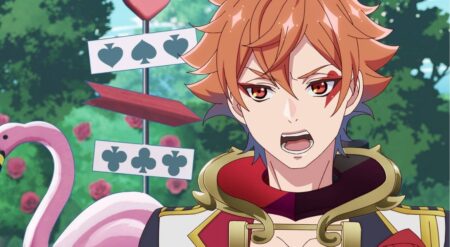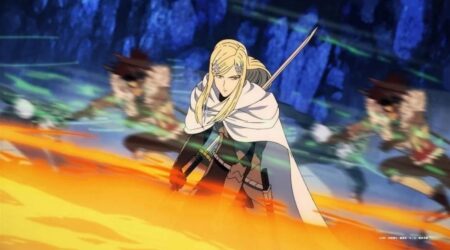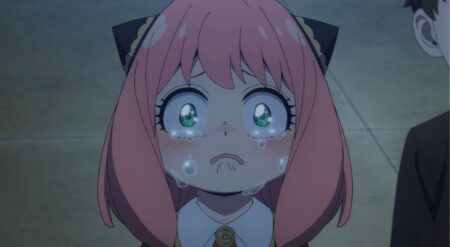“The Ninth Jedi: Child of Hope” is an exercise in stillness, a meditation on faith, mentorship, and the quiet process of becoming. Produced by Production I.G, the short continues Kara’s story, but it isn’t about heroism or destiny. It’s about rebuilding confidence in the shadow of fear and learning to trust yourself when no one else is left to guide you.
The short opens with Kara adrift in space, her ship gone to hyperspace without her after an ambush. She’s rescued by Teto, a service droid aboard a massive biodome vessel floating through the void. The ship itself is haunting: an architectural miracle turned mausoleum.
It’s filled with artificial ecosystems that have long since gone dormant. Its design isn’t a relic of Jedi mysticism; it’s the legacy of one man, Teto’s master, who remains trapped inside a bacta tank after decades of stasis. Whether he was royalty or simply a scientist driven by hope no longer matters; the world he built speaks louder than his title.
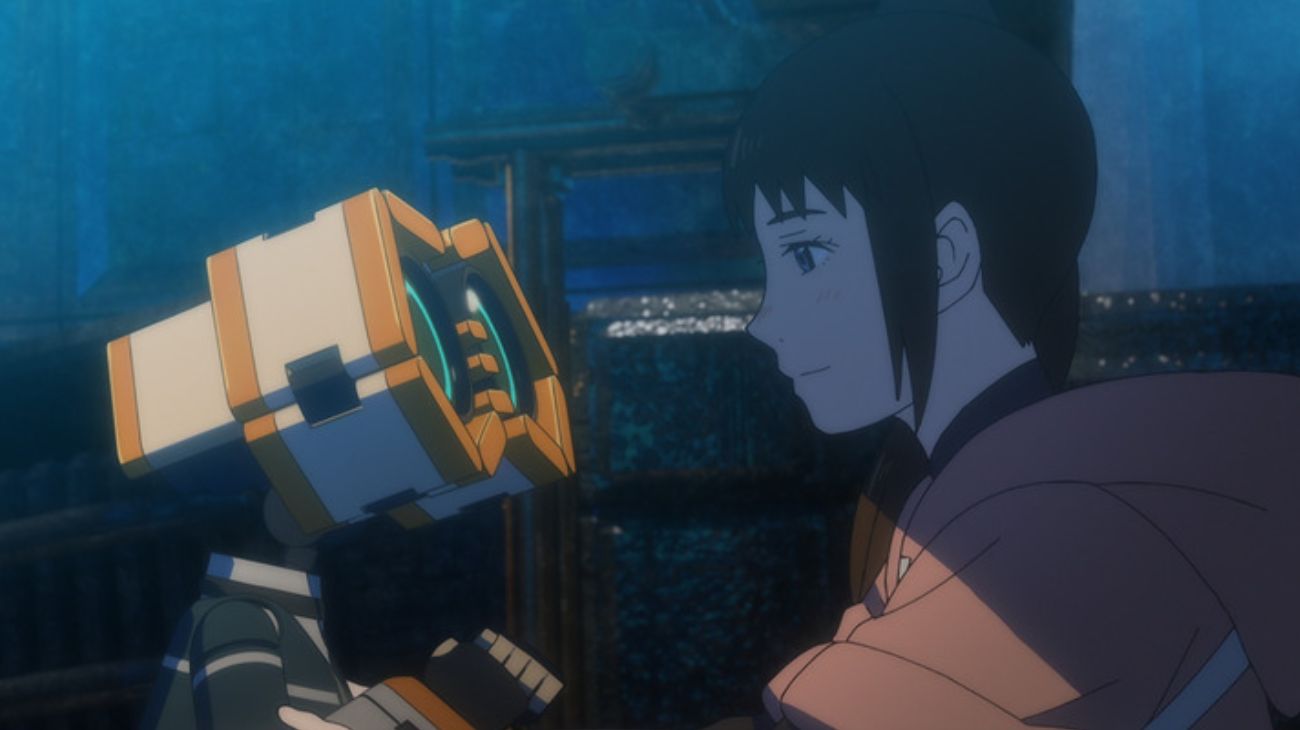
Teto’s plea is simple: help me save him. But the journey becomes something different. As Kara explores the biodome, she finds herself confronting her own uncertainty. She’s a Jedi in name, but not yet in spirit. Instead, her guidance comes from the memories of her father and from Teto, whose programming combines compassion with blunt practicality. Both without their masters, they form a kind of found mentorship, an echo of the Jedi way filtered through empathy rather than doctrine.
This dynamic is where “The Ninth Jedi: Child of Hope” shines. Kara isn’t defined by lineage or prophecy; she’s defined by effort. Her connection to the Force isn’t framed as destiny, but as mindfulness: learning to listen, to feel, and trust. When Teto reminds her that hope is something practiced, not bestowed, it lands harder than any ancient Jedi teaching. She doesn’t need a council to validate her. She needs to keep trying.
Visually, Production I.G delivers everything you’d expect: clean lines, cinematic framing, and a softness that makes even wreckage feel alive. When the bounty hunters track Kara to the biodome, the brief bursts of combat hit hard precisely because they’re restrained. She’s clearly outmatched, fighting more to survive than to win, and that imbalance gives every move weight.
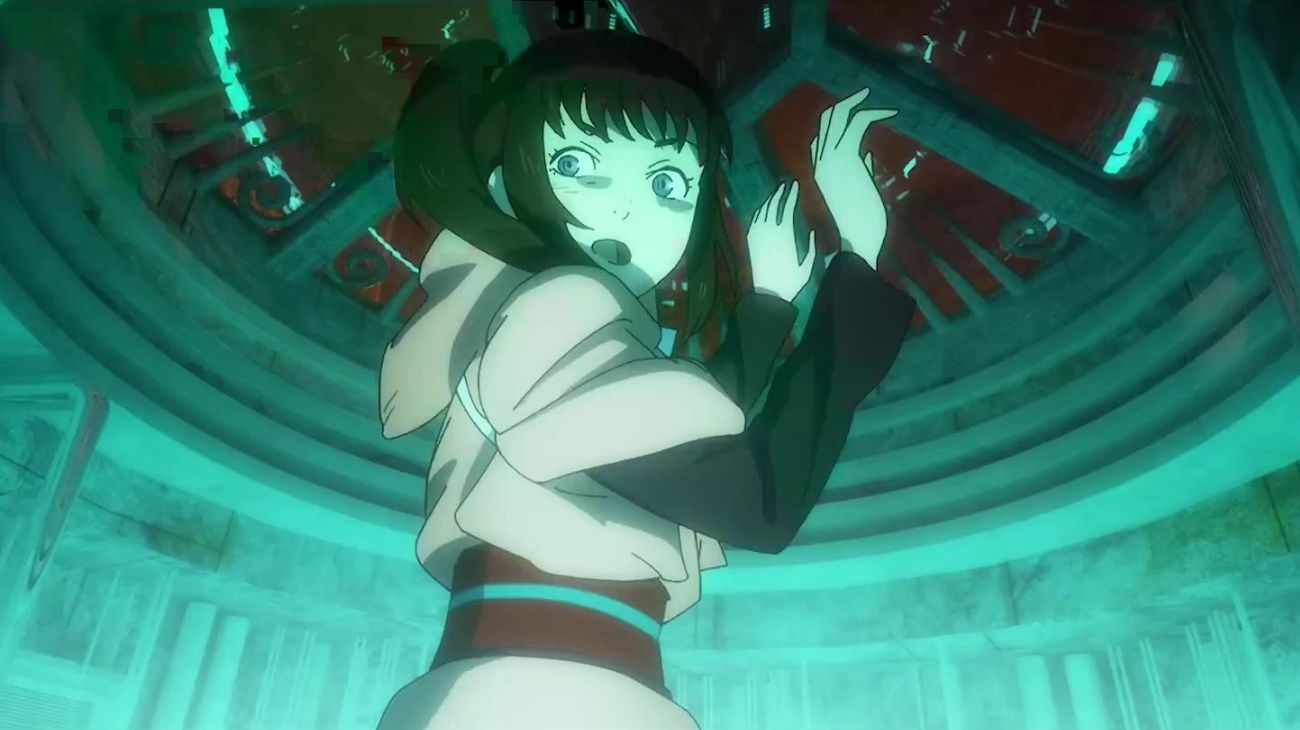
Teto’s quick thinking and loyalty carry her through, but the real battle is internal. Of all the shorts in Visions Volume 3, this one features the least action, and that’s intentional. It isn’t about spectacle. It’s about the process of finding confidence again, of learning when to stand your ground and when to trust in something beyond yourself.
But as moving as it is, the short struggles with placement. It’s too self-assured, too cinematic to feel like a one-off. The “To Be Continued” tag at the end practically confirms it’s a setup for the upcoming The Ninth Jedi series, which makes it feel less like a complete vision and more like a bridge. In an anthology meant to showcase new voices and studios, that choice stings a bit. “The Ninth Jedi: Child of Hope” is wonderful, but it also takes a space that could’ve gone to a story we haven’t heard yet.
Of course, what’s here is heartfelt and beautifully rendered. “The Ninth Jedi: Child of Hope” works because it remembers that Star Wars at its best isn’t about lineage. It’s about perseverance. Kara’s journey isn’t about mastering the Force; it’s about learning to trust herself again. By the time she reunites with the other Jedi, she’s not the hesitant apprentice from before. She’s ready.
“The Ninth Jedi: Child of Hope” is about perseverance.
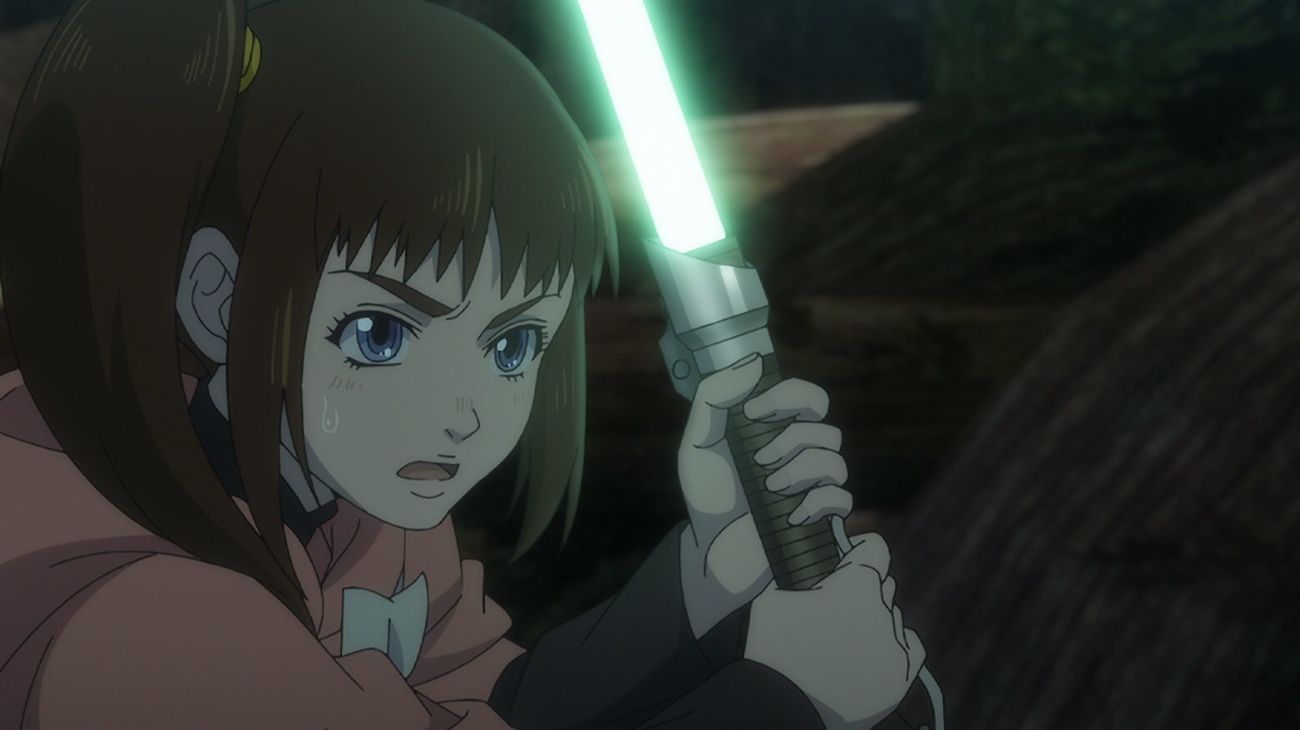
But the real heart of “The Ninth Jedi: Child of Hope” isn’t Kara’s lightsaber or even her confidence; it’s the ship itself. The biodome is a marvel of design, a living monument to what the galaxy once dreamed of being. You move through sprawling frozen lakes ringed with ice, lush forests stretching beneath artificial skies, and grand ballrooms long emptied of life.
It’s breathtaking, the kind of world you’d expect to see in The Expanse, not Star Wars. More than the Halcyon Galactic Starcruiser or any gleaming cruiser, this feels like a true sci-fi ark, a vessel meant to spread light and life across the stars. And yet, here it drifts: broken, scavenged, and forgotten.
Teto mentions that people have come to strip it for parts, but no one stays. It’s too beautiful, too big a reminder of what’s been lost to war. The ship becomes a mirror for the galaxy and for Kara herself: a relic of hope, decayed by time but still capable of renewal.
It’s also a reflection of Teto as well. A caretaker designed to preserve what’s dying, still loyal long after purpose has faded. Through that, the short finds something profound to say: even the things built for life can be left behind when war becomes the galaxy’s only language.
Star Wars Visions Season 3 Episode 3 feels like it has outgrown the anthology series.
“The Ninth Jedi: Child of Hope” is a gorgeous continuation that proves Kara’s story still has power, but it also feels like it’s outgrown Visions itself. It’s too polished, too serialized, too assured to sit alongside the anthology’s rawer, riskier experiments.
That doesn’t make it bad, far from it, but it does make it feel like a preview rather than a revelation. There’s a reason this story is expanding into its own series, and watching this short, that feels inevitable. Still, that inevitability comes at a cost. When a slot goes to a continuation instead of a new voice, the overall impact of Visions Volume 3 narrows.
Even so, it’s hard to deny what Production I.G achieves here in Star Wars: Visions Volume 3. This is animation at its most expressive, Star Wars at its most introspective. In the end, “The Ninth Jedi: Child of Hope” proves that Star Wars is at its best when animated: expressive, introspective, and beautiful, even if it revisits familiar ground.
Star Wars: Visions Volume 3 is streaming now on Disney+.
Previous Episode | Next Episode
Star Wars Visions Volume 1 | Star Wars Visions Volume 2 | Star Wars Visions Volume 3
Star Wars Visions Season 3 Episode 3
-
Rating - 8.5/108.5/10
TL;DR
In the end, “The Ninth Jedi: Child of Hope” proves that Star Wars is at its best when animated: expressive, introspective, and beautiful, even if it revisits familiar ground.

